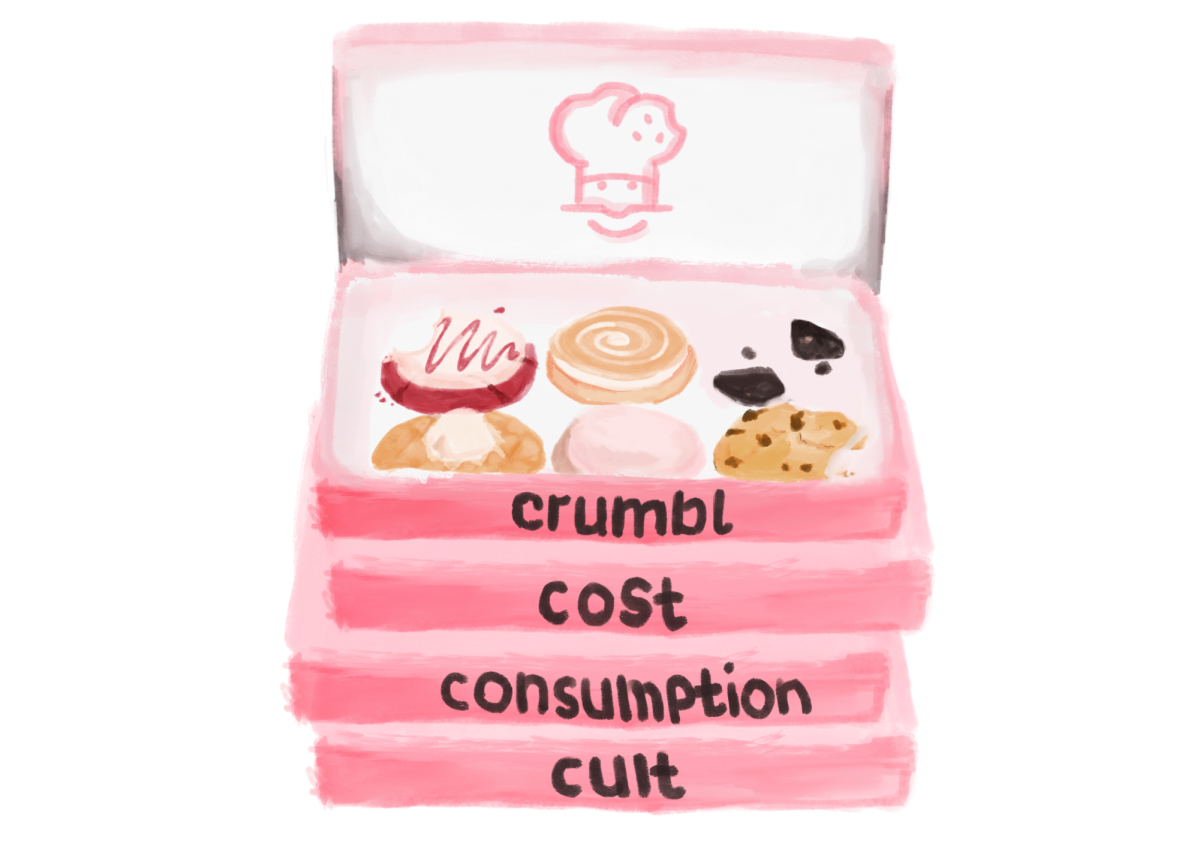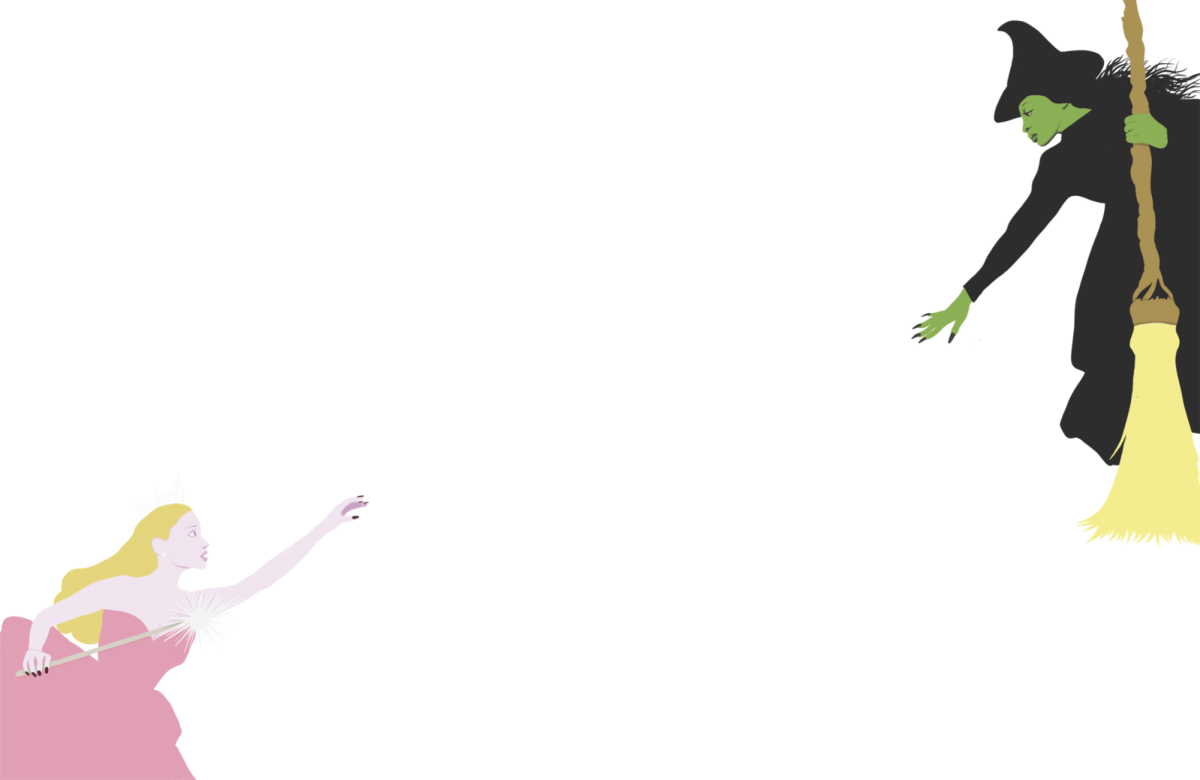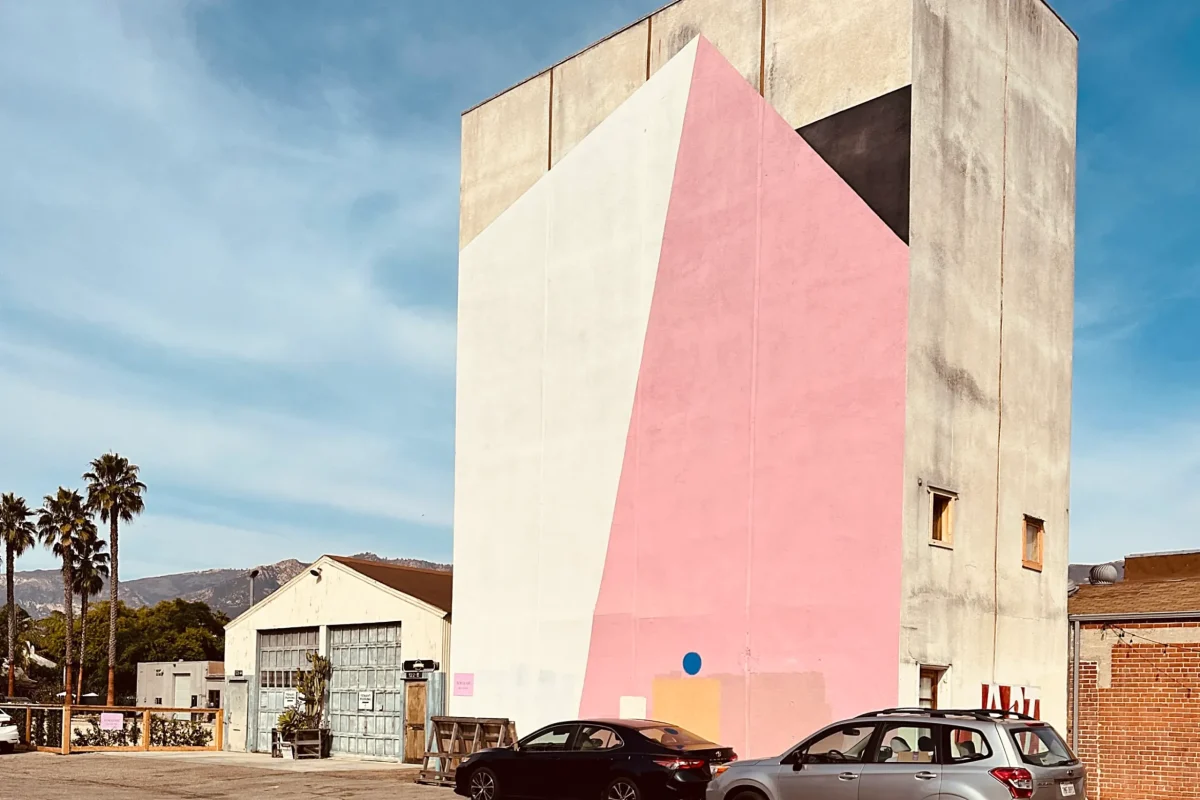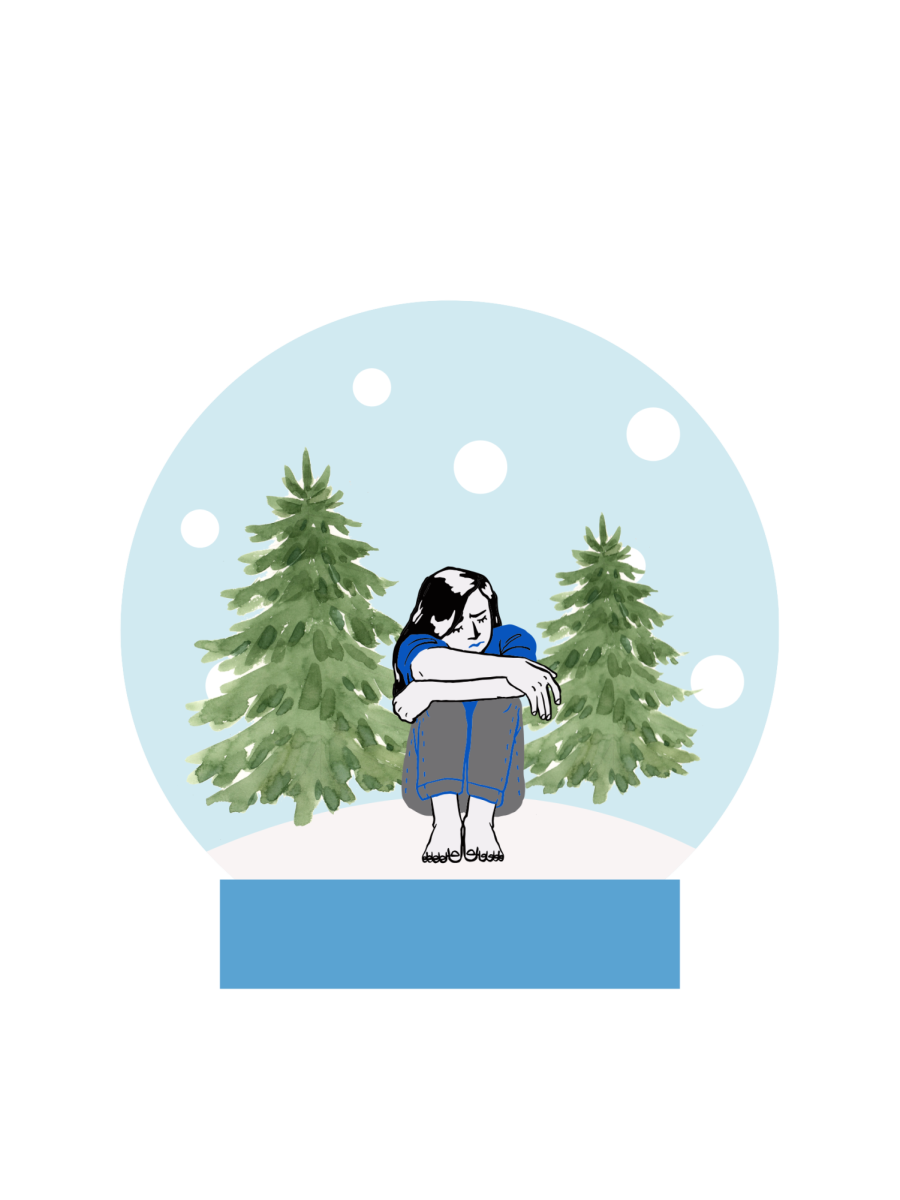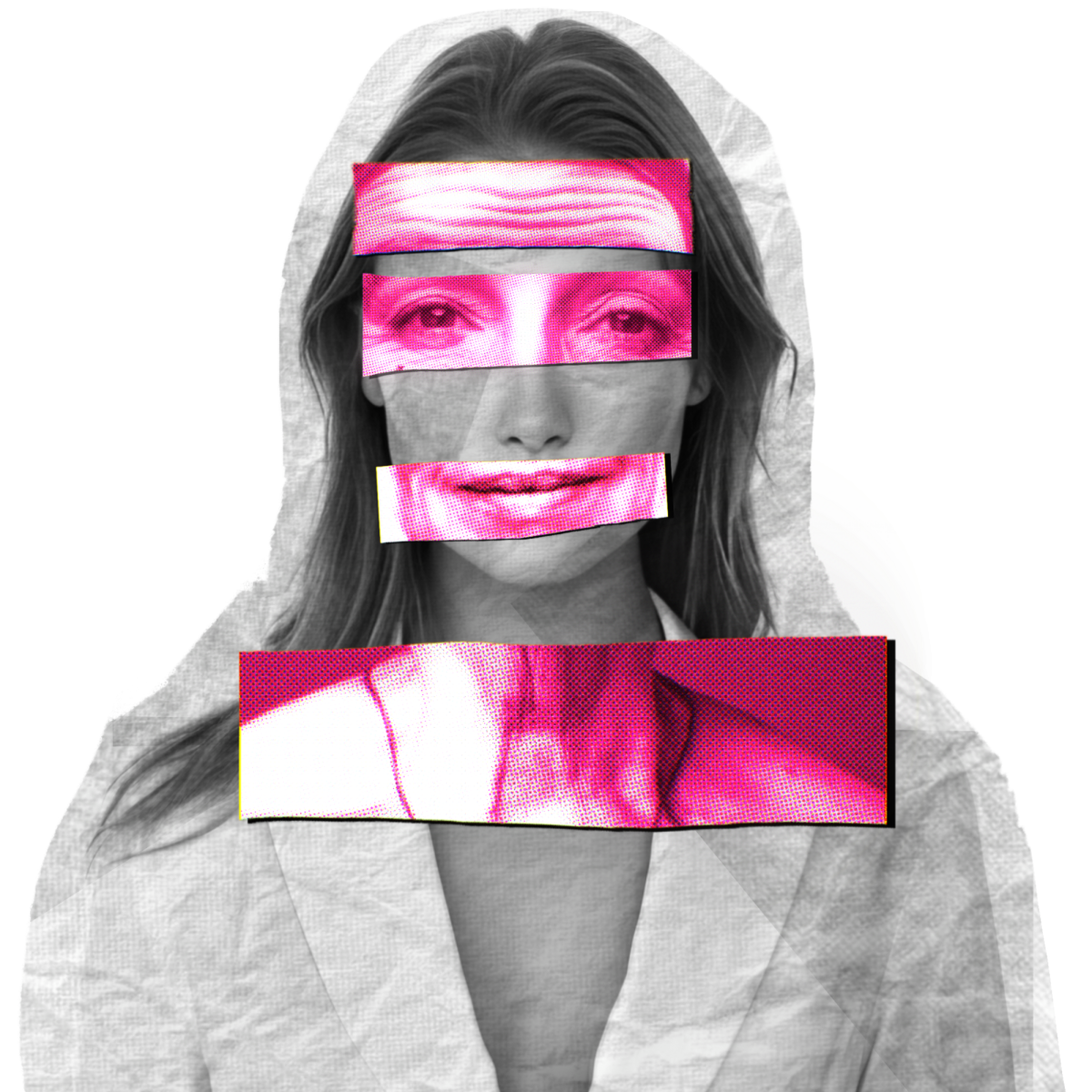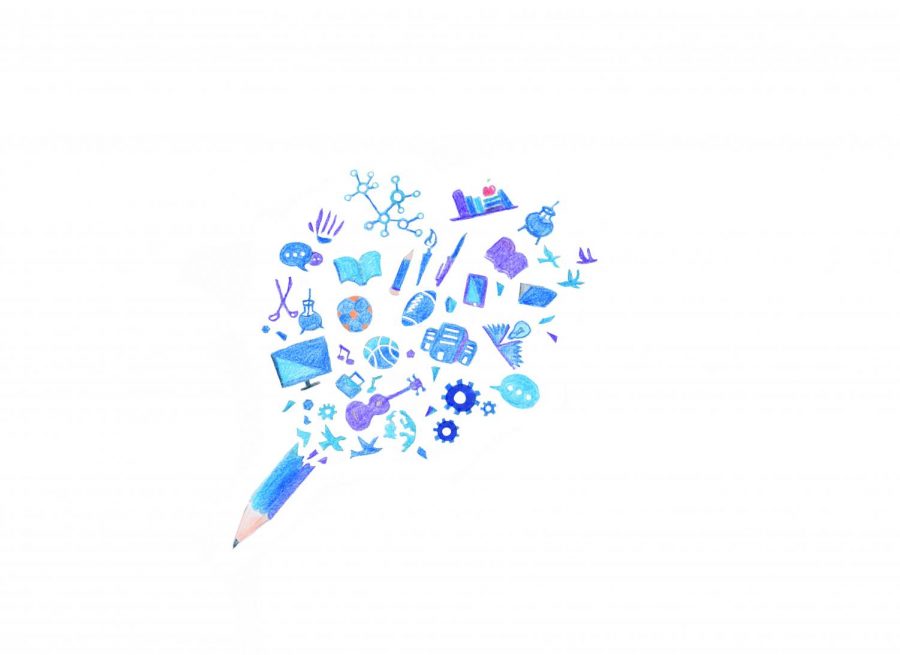New Education Methods Point Laguna Toward Scandinavia
With Challenge Success taking hold in Laguna classrooms, observing other countries’ education systems with similar strategies can help predict whether we are really on a path toward healthier academic growth.
December 3, 2019
As high schoolers at a college preparatory school, we dread our endless workload, but we know it’s an essential part of practicing for standardized tests and flaunting an impressive transcript.
As exhausting as this process is, it’s been an accepted reality in the U.S. for a long time. But in terms of real growth as a student and person, this is not effective.
In fact, it pushes students to work for the sake of high grades and scores rather than for the sake of learning itself — an intrinsic motivation that is unfathomably beneficial later in life.
Laguna is known for a heavier workload, more competition in the college admission process and, therefore, more emphasis on GPA than many other high schools in the U.S. With the recently implemented Challenge Success Program, however, changes in emphasis, classroom attitude, and academic evaluations are already taking place at Laguna. With these changes, the school is moving farther away from the East Asian system and approaching a Scandinavian one.
Although these two regions have radically different methods of education, their students reach nearly the same high level of academic achievement according to the Programme for International Student Assessment (PISA), which tests 15-year-olds from all over the world in reading, mathematics, and science. Considering the similar evaluations on PISA of the Finnish and Chinese school systems (representative of Scandinavia and East Asia), why is Laguna choosing to make the shift toward Finland?
The typical Finnish school is “focused on critical thinking and problem solving, project-based learning, and learning to learn,” said Linda Darling-Hammond, co-director of the Stanford Center for Opportunity Policy in Education.
East Asian schools, on the other hand, put pressure on students to study more and more in preparation for the final test of each school year, especially for the exam at the end of their high school career.
Chinese schools emphasize rote memorization even in humanities subjects that value creativity and critical thinking over plain content.
Though this system has proved to bring students up
to high achievement, it would still be wiser for Laguna to continue on a more Scandinavian path because exercising skills such as analytical thinking, effective communication, problem-solving and teamwork offers long-term benefits by preparing students for real society.
Competition vs. Collaboration
Jun Wu, author of The Path to Universities, remarks that the positive competition in the Chinese education system teaches students to be independent, drive themselves and work hard on their own to achieve goals instead of relying on others.
One downside of this attitude, though, is that “students in a competitive environment tend to focus on self-interest and find it hard to integrate into a group,” Laguna senior Melissa Zhang remarked, having experienced this system through elementary and middle school.
As Laguna holds “community” as one of its core values, students know that their teachers and peers are there for them.
Those in the Challenge Success Club “have begun organizing regular stress-reducing activities such as dog therapy day,” said Lindsay Woodard, teacher and Challenge Success Site Coordinator at Laguna, “while the faculty work on making the long-term, in-depth improvements such as implementing mastery learning and the rotating schedule.”
One of the most recent additions to the school is the resource of Peer Tutoring. A student struggling in one of his or her classes can now get quality help from a peer who specializes in that subject.
There’s a mutual benefit to this program because the tutors help the students better understand their class material having experienced the same class recently, and in turn, the students seeking help contribute to their peer tutors’ community service hours.
This collaborative mindset is a significant part of the Finnish classroom as well, according to Hammond-Darling.
Mastery Transcript vs. Number Scores
Number scores make it easier for teachers, college admission officers, and other administrators to learn about students’ performance.
The major disadvantage is that “Evaluating learning by grades doesn’t cultivate students who take risks. They’ll most likely develop the habit of playing it safe because they don’t want to jeopardize their A+,” Woodard explained. “That is, they’re reluctant to think for themselves and usually try to go for what the teacher wants to see.”
Mastery learning is designed to break this barrier — “It’s about getting more than one chance, encouraging kids
to take risks,” she added. “And once you have a career, you’ve developed a growth mindset that it’s okay if you fail the first time because that’s part of the learning process. The more we teach this willingness to take risks, the more innovative our students and society will become.”
Based on a thorough analysis of skills such as how critically a student thinks and how effectively they communicate, the mastery transcript provides a much more personalized and holistic view of a student than the traditional transcript; it also highlights the process of learning rather than the outcome. Students thus receive more feedback about how they can improve.
Whether it intends to or not, PISA presents a biased comparison because its ranking is based on standardized tests, and the East Asian education system has been developed to achieve this.
Although PISA makes it easy to measure the extent
to which students in different education systems retain information, the assessment isn’t holistic enough to judge whether a certain country’s education system is benefiting students because education is not only about teaching facts to remember for the next big exam but also about instilling lifelong skills and thinking strategies.
This is why Laguna is improving its system now from a perspective similar to that of Scandinavia: certain essential skills such as critical thinking, creativity, and collaboration promote healthier academic growth that would offer students long-term benefits in university and beyond.
Finland’s efforts toward a less stressful academic journey for its students was a long process, not just the implementation of a new program, so Laguna still has a long way to go.
But as a school that values balance and character as well as scholarship, we will continue to see positivity in our classrooms as we take a much more salubrious approach to education.












